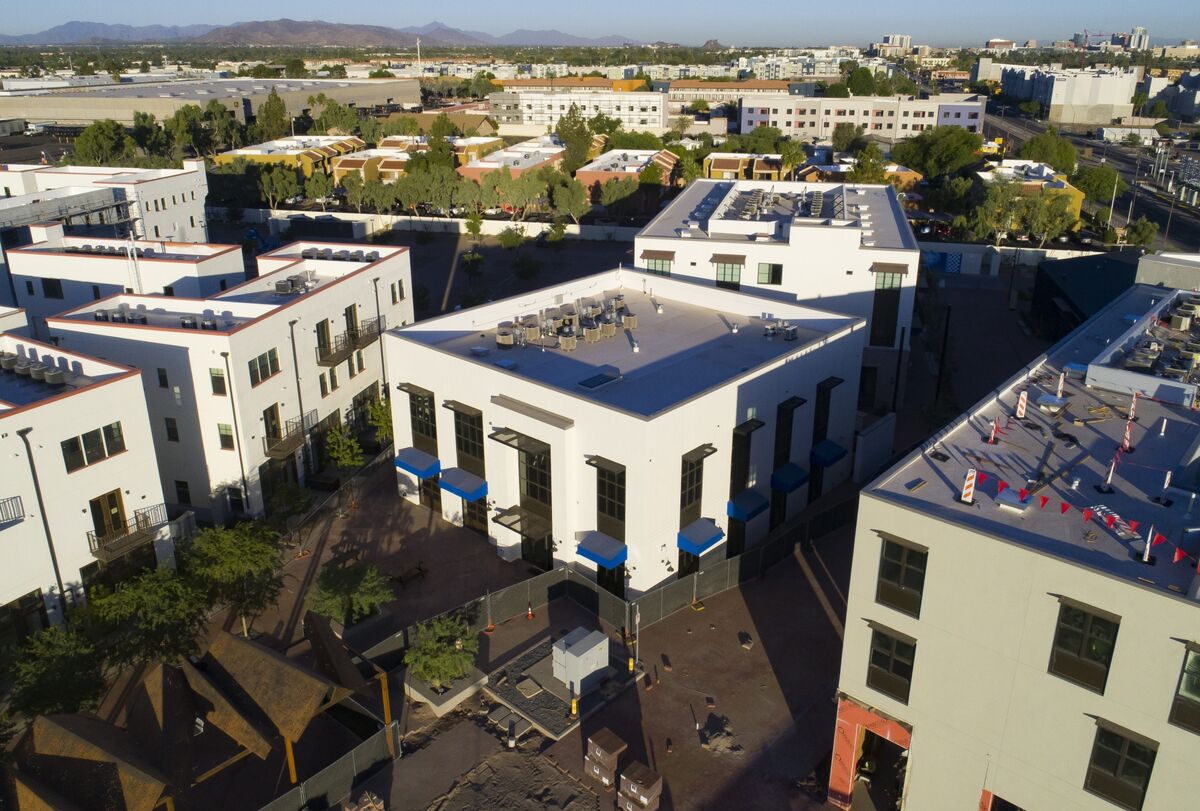Addictions are fukking weird. Having a daily commute has a larger negative impact on mental health and perceived well-being than almost any other daily factor. There was a study that showed removing an hour of commute time in a car from a person's daily schedule improved their self-reported well-being more than nearly doubling their salary. It's stressful, it's a huge waste of time, it exposes you to all sorts of pollutants, it adds costs in terms of gas and maintenance....and yet people insist on the "freedom" of being stuck in traffic every fukking day.
I've vastly preferred the years when I haven't had a car. No car payment, no insurance payments, no registration hassle, no worries about maintenance and repairs, no worries about accidents, no worries about parking. Walking or biking to work I get exercise, taking a bus or train I can get my work done on my laptop or read a book or take a nap or just relax and chill.
This is before the fact that our current level of personal automobile use just isn't sustainable long term.....solely going off of personal health, carless is far healthier.








 Especially living in a city that has a garbage public transportation system. I don’t know if I could go back.
Especially living in a city that has a garbage public transportation system. I don’t know if I could go back. Been no car gang for ages and don't even plan on getting behind the wheel. Especially with these shyt smooth brain drivers in Koalabama.
Been no car gang for ages and don't even plan on getting behind the wheel. Especially with these shyt smooth brain drivers in Koalabama.
